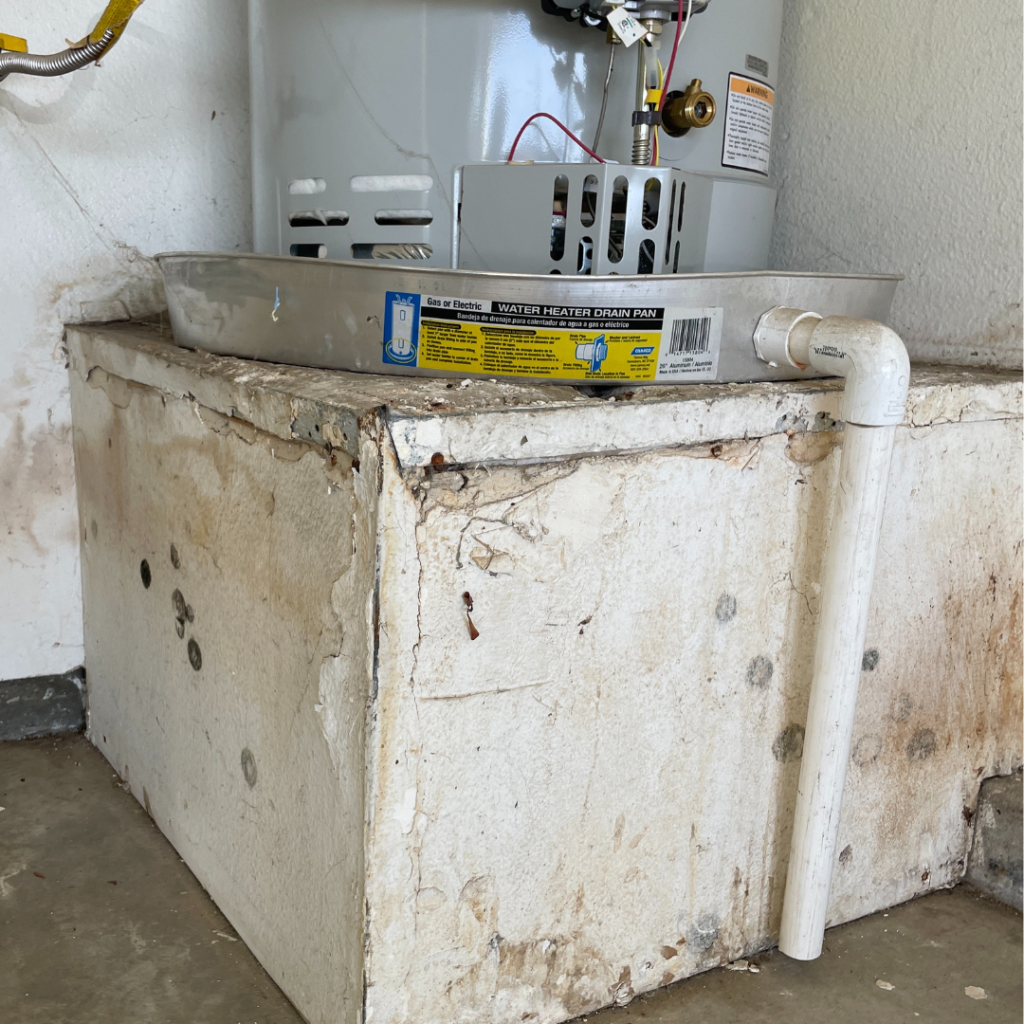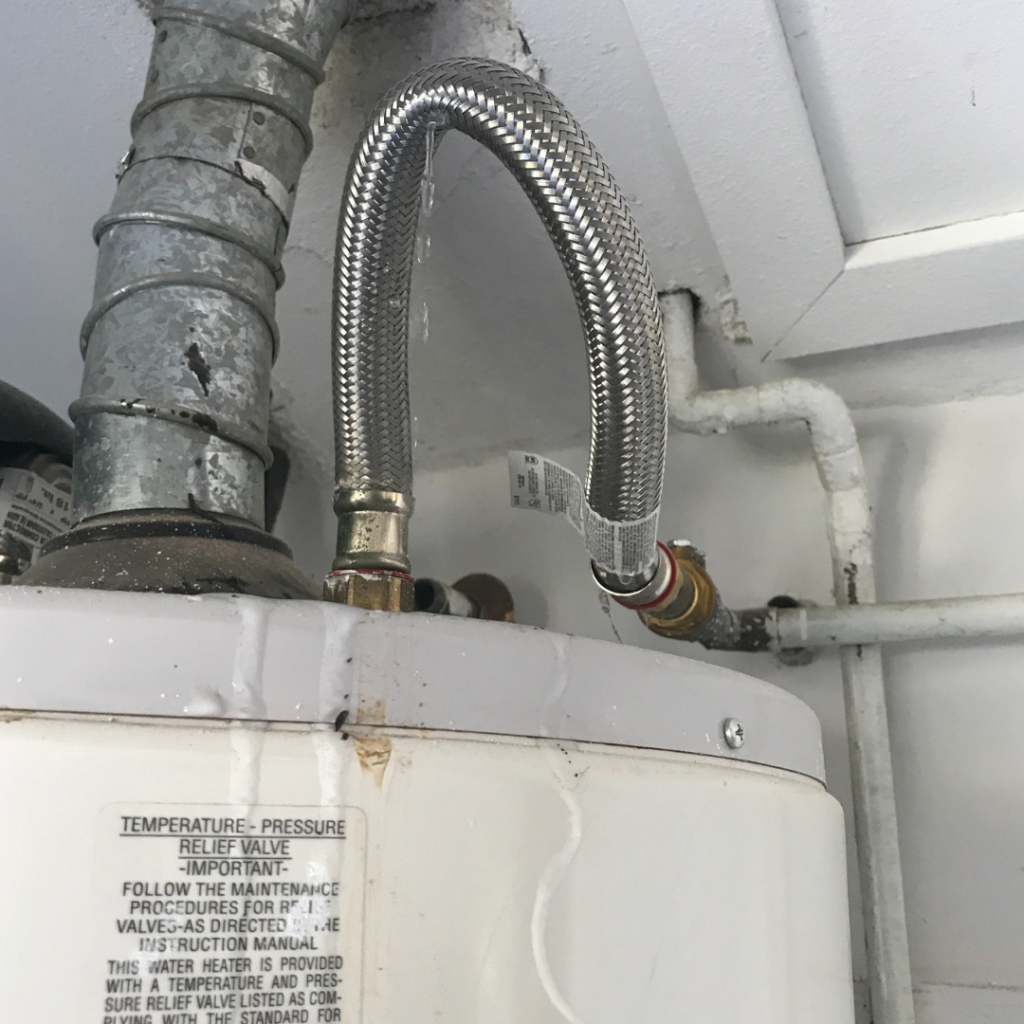Water Heater Maintenance Tips
Essential Water Heater Maintenance Tips for a Safe Home
Water heater maintenance is crucial for preventing water and fire damage in your home. A well-maintained water heater not only ensures a steady supply of hot water but also protects your property and peace of mind. In this blog post, we will share essential tips to keep your water heater running smoothly and safely. By following these simple steps, you can extend the lifespan of your water heater and avoid costly repairs.

1. Regularly Inspect Your Water Heater
First and foremost, conduct regular inspections of your water heater. Check for any signs of leaks, rust, or corrosion. Look around the base for water pooling, and inspect the pipes and connections for any signs of wear. Early detection of potential issues can prevent major problems down the line.

2. Flush the Tank Annually
Flushing your water heater tank annually is important for water heater maintenance and helps remove sediment buildup that can reduce efficiency and lead to damage. To flush the tank, turn off the power or gas supply, attach a hose to the drain valve, and let the water flow out until it runs clear. This simple step can improve your water heater’s performance and longevity.
3. Check the Anode Rod
The anode rod is a crucial component that prevents corrosion inside the water heater tank. Inspect the anode rod every two to three years and replace it if it’s heavily corroded. A healthy anode rod can significantly extend the life of your water heater by protecting the tank from rust.
4. Test the Temperature and Pressure Relief Valve
The temperature and pressure relief (T&P) valve is an essential safety feature of your water heater. Test the T&P valve every six months by lifting the lever and allowing it to snap back. If water flows out when you lift the lever and stops when you release it, proper water heater maintenance ensures the valve is working correctly. If not, you may need to replace it to ensure your water heater operates safely.
5. Adjust the Thermostat
Set your water heater’s thermostat to 120 degrees Fahrenheit. This temperature is hot enough for most household needs while reducing the risk of scalding and minimizing energy consumption. Regularly check the thermostat to ensure it maintains the correct temperature.

6. Insulate the Tank and Pipes
Insulating your water heater tank and pipes helps retain heat, improving efficiency and reducing energy costs. Use a water heater insulation blanket for the tank and foam pipe insulation for the pipes. These inexpensive materials can make a significant difference in performance and savings.
7. Schedule Professional Maintenance
While regular DIY Water heater maintenance is essential, scheduling professional Water heater maintenance at least once a year can help identify and address issues that might be missed during routine inspections. A professional can thoroughly check the system, ensuring all components function correctly and safely.
In Closing
Proper water heater maintenance is vital for ensuring the safety and efficiency of your home’s hot water supply. By regularly inspecting your water heater, flushing the tank, checking the anode rod, testing the T&P valve, adjusting the thermostat, and insulating the tank and pipes, you can prevent water and fire damage. Additionally, scheduling annual professional maintenance can help you catch potential problems early and extend the life of your water heater.
By following these essential water heater maintenance tips, you can protect your property and enjoy peace of mind, knowing your water heater is running smoothly and safely. Take these steps today to ensure your water heater remains in top condition for years to come.
